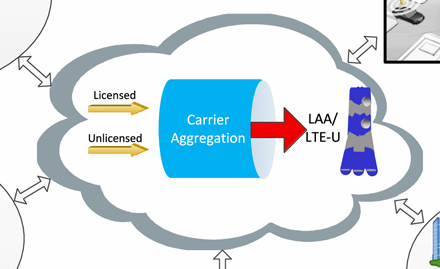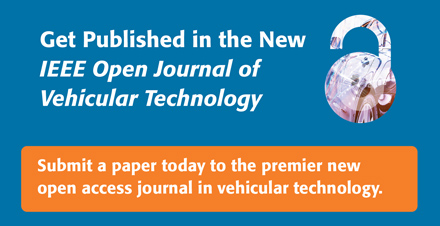|
Full title: Resource Management in LTE-U Systems: Past, Present, and Future
With the tremendous growth in mobile data traffic, wireless cellular networks are facing a rigorous challenge to increase network capacity. Despite that many advanced technologies are used, the shortage of spectrum resource is still the main bottleneck for capacity enhancement.
To address the challenge, the cellular networks have been motivated to seek for more fruitful radio spectra. Amongst many others, the unlicensed 5 GHz spectrum is a promising candidate due to its low channel attenuation, large available bandwidth, and easy to utilize.

Therefore, the innovative technology of long-term evolution (LTE) using the unlicensed spectrum, known as LTE-Unlicensed (LTE-U), has been widely investigated as a promising means to increase the data rate of cellular networks. The unique characteristics of the unlicensed spectrum bring new challenges to resource management in the LTE-U system.
During the last few years, there have been a lot of resource management designs for the newly-born but vigorous LTE-U technologies. This paper provides a comprehensive overview of the state-of-the-art resource management scenarios in LTE-U systems, including single small cell base station (SBS), multiple SBSs, device-to-device (D2D) networks, vehicular networks, and unmanned aerial vehicle (UAV) systems.
The future research issues of resource management in LTE-U for 5G are also outlined.
Full Article: IEEE Open Journal of Vehicular Technology, Volume 1, October 2019

|